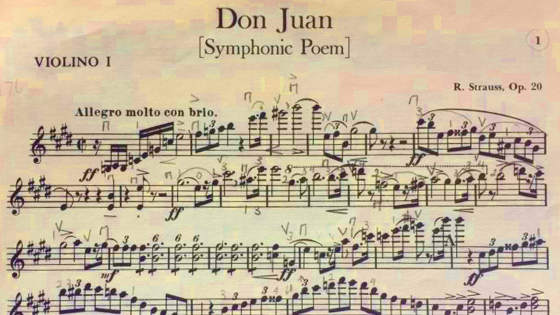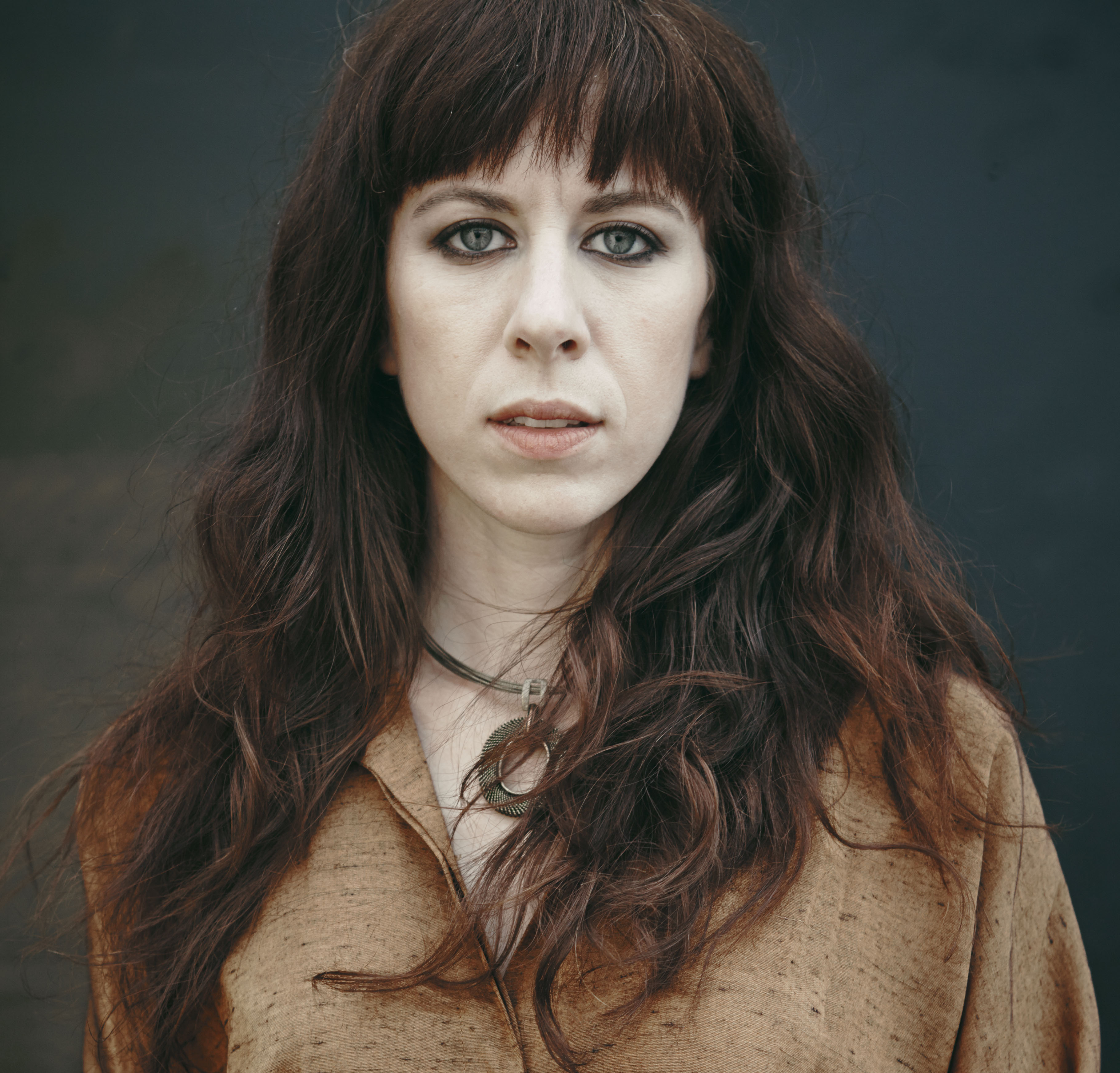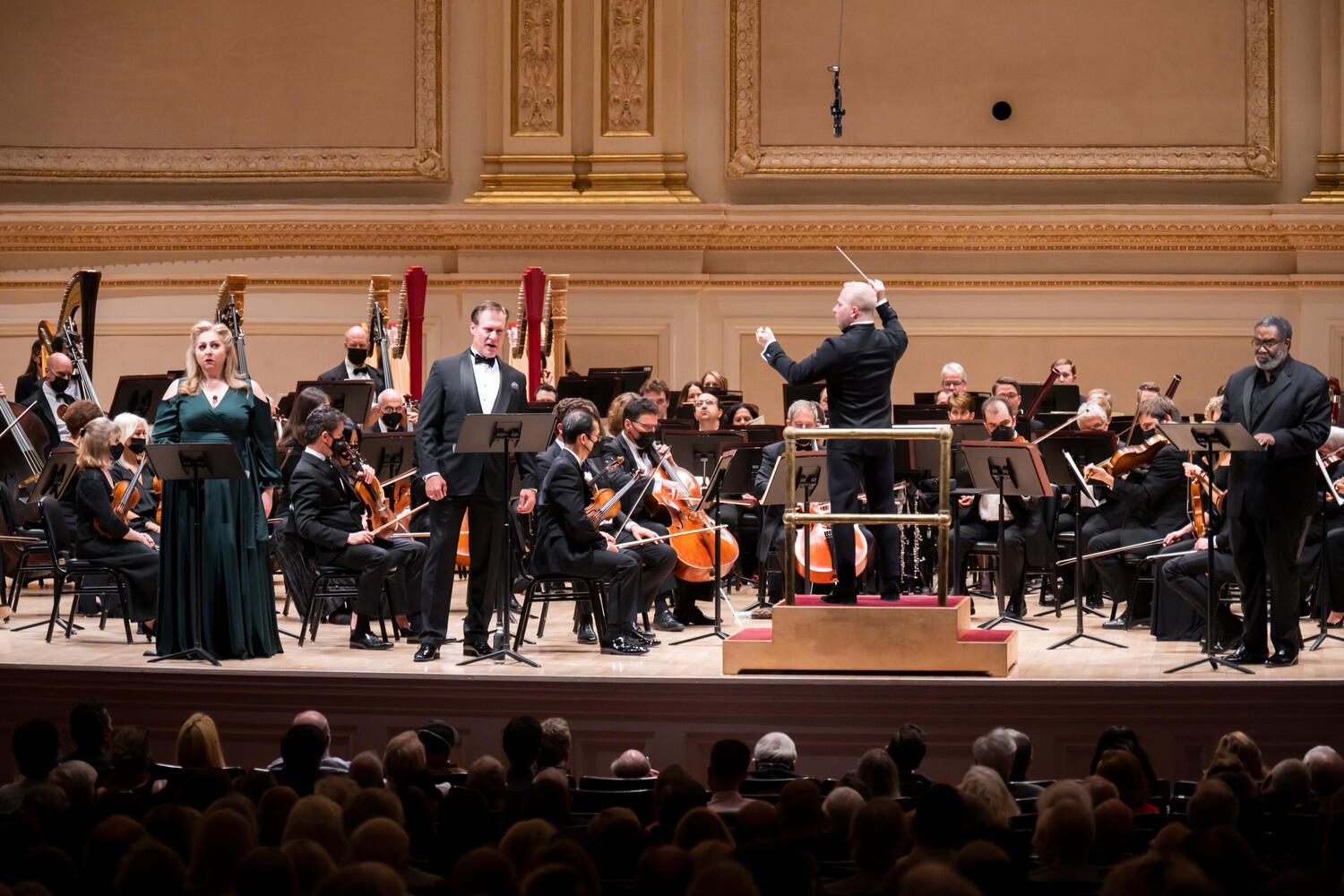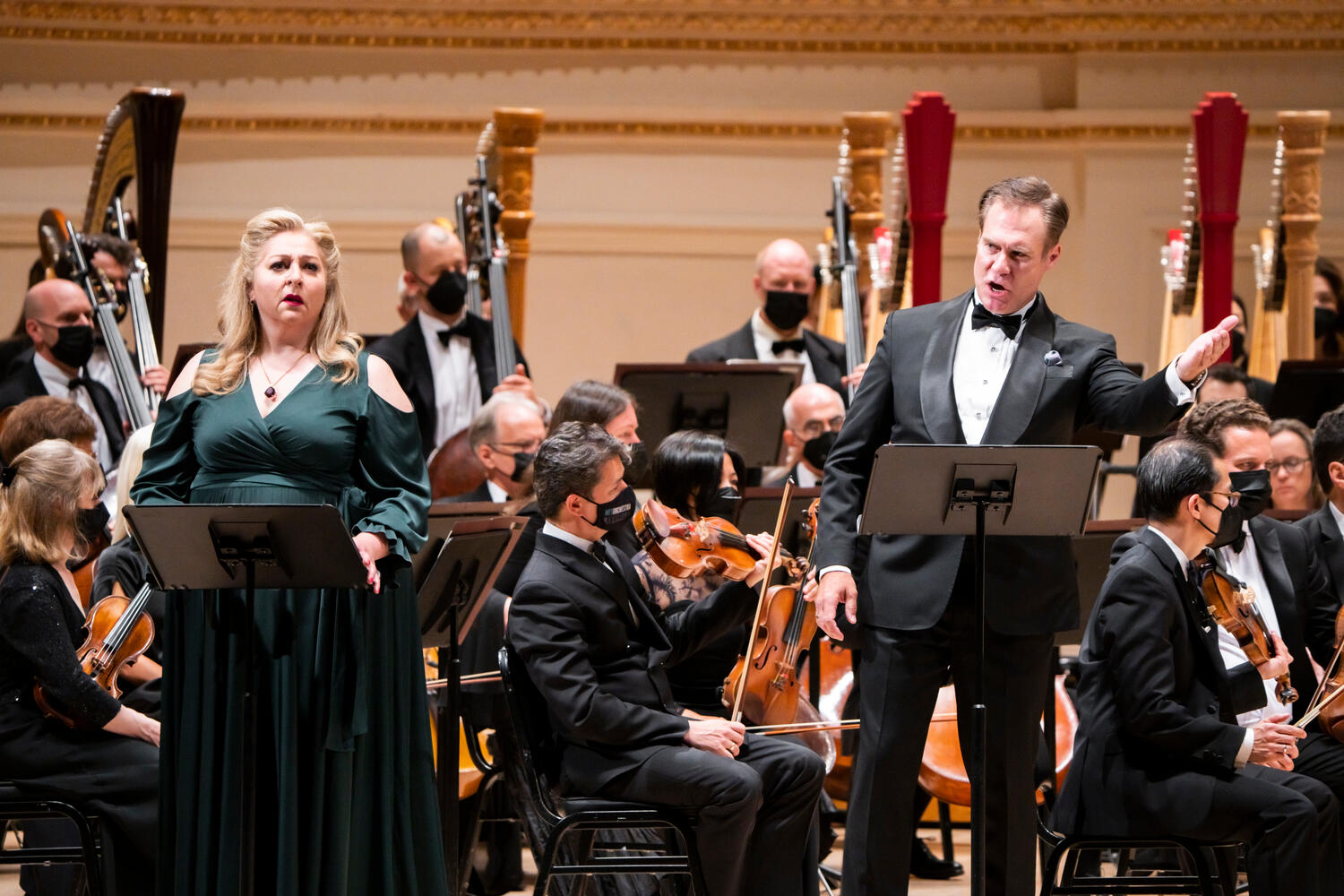
The MET Orchestra reigns and Goerke sings Sieglinde
ReviewAs the erotic energy of Strauss’ Don Juan gave way to its fateful conclusion, an audible gasp was heard in the audience. It diffused what was otherwise a profound and breathtaking moment of silence. The mighty MET Orchestra, reigning on stage for the second of its three concerts at Carnegie Hall, performed this complexly orchestrated tone poem with consummate power and precision that is arguably unmatched in the higher echelons of opera orchestras or symphony orchestras for that matter.
The evening was headlined by Wagner’s Die Walküre, Act I with soprano Christine Goerke, the MET’s current Brünnhilde, singing Sieglinde for the first time. But is was the Strauss and Yannick Nézet-Séguin’s conducting, thoughtful and gyroscopically nimble, that immediately captivated the full house.

Don Juan challenges a conductor to search beyond the spectacle of its requisite revelry and corrupted romance. Nézet-Séguin, while sacrificing none of the fireworks, infused it with beautifully rendered substance and emotion, most evident during the final moments but surfacing throughout. Recognizing individual musicians or even sections of this group is like asking parents which of their children they favor most but the superb solo work by concertmaster David Chen, principal oboist Nathan Hughes and the triumphant horns cannot go without mention.
Prone to understatement and with congenial informality Nézet-Séguin described Missy Mazzoli’s Sinfonia (for Orbiting Spheres) as a considerably calmer piece than its concert predecessor. It shimmered with undulating repetitions leading this writer to contemplate beautifully enigmatic spheres of unknowable breadth, spheres that interacted in ways that defy definition. It appeared that all spheres may not be created equal. Even in a kaleidoscopic world there was, as in Don Juan, a sense of foreboding as if some sort of reckoning might await.

Mazzoli’s relationship with the MET extends beyond the concert stage to an opera commission in progress based on George Saunders’s novel Lincoln In The Bardo. Nézet-Séguin reminded us that in the 2021-22 season the MET produced three new operas, Eurydice, Fire Shut Up In My Bones and Hamlet, with more to come.
Before Nézet-Séguin began Die Walküre, Act I he commented that Wagner would disapprove of a concert performance. Adding he didn’t care the maestro posited that a Ring Cycle in concert might be an interesting idea. How true, especially if it served as a segue from the Robert Lepage cycle with that lamentable 45-ton machine.
Wagner’s wishes notwithstanding, Act I is a natural for the concert stage. No need for scenery since Wagner does the scene painting, and what a job the MET Orchestra does in manipulating the paint. The stage action is confined to Siegmund and Sieglinde meeting, realizing their incestuous love and running away together after Sieglinde drugs Hunding, her hostile and suspicious husband. Of course there’s the moment when Siegmund pulls the mystical sword from an ash tree. But the blazing orchestra doesn’t so much compensate for the lack of the sword and tree but more accurately supplants the need for such paraphernalia.

The singers established character with finesse. Montana-born tenor Brandon Jovanovich projected a forlorn and exhausted Siegmund as he wandered on stage during the opening orchestral thunderstorm. Goerke entered, momentarily unnoticed with a sadly defeated air and endearing timidity. And bass-baritone Eric Owens, the MET’s man for all seasons, was unflinchingly ominous, his presence hovering like a threatening cloud.
Goerke began tentatively as Sieglinde should, but soon impressed with soaring top notes, especially during her set piece “Du bist der Lenz” and with a resonant chest voice that demonstrated endless reserves. Jovanovich was another matter. Initially producing a handsome and virile sound he moved confidently, indeed heroically, in his upper range but collapsed when going for lower notes, often swallowing or dropping them altogether. Owens, to no ones surprise, was as mellifluous as he was sinister, quite an extraordinary feat. Like Goerke, he appears to know no bounds.

The MET Orchestra will play three concerts at Carnegie Hall during the 2022-23 season, featuring Nézet-Séguin and such artists as Ryan Speedo Green, Nadine Sierra, and Rénee Fleming. Works will include Stravinsky’s Firebird Suite, the Brahms Requiem and Verdi’s Otello, Act IV and others, yet other opportunity for this orchestra to reign supreme.

Comments